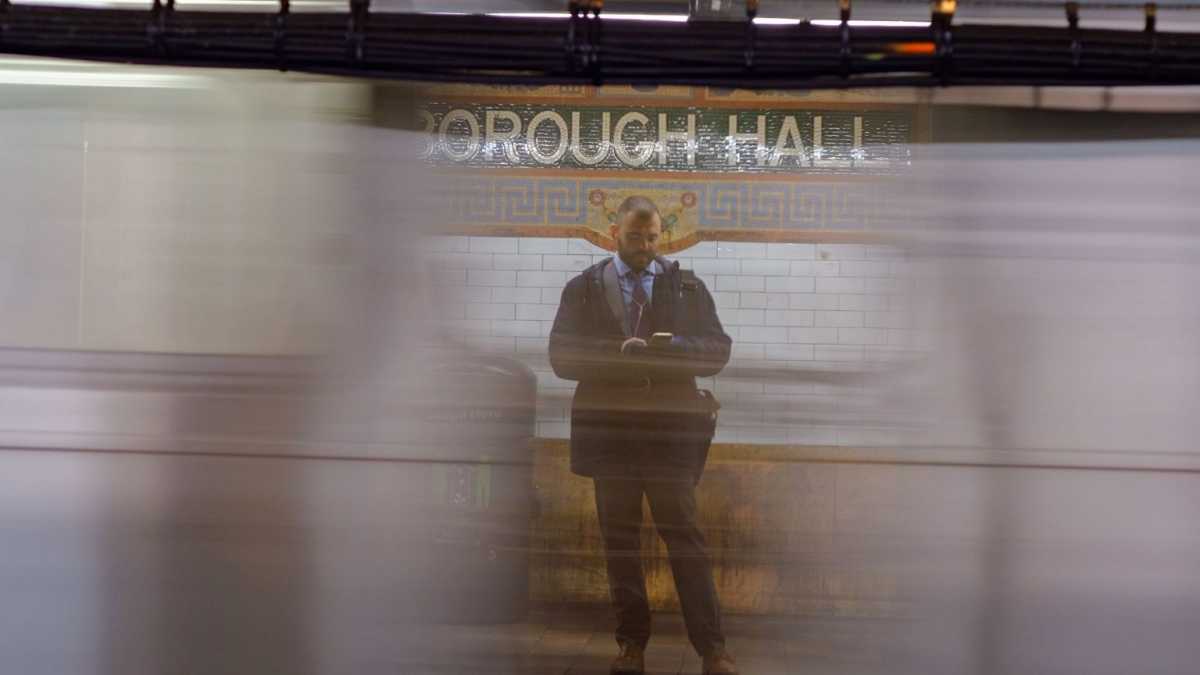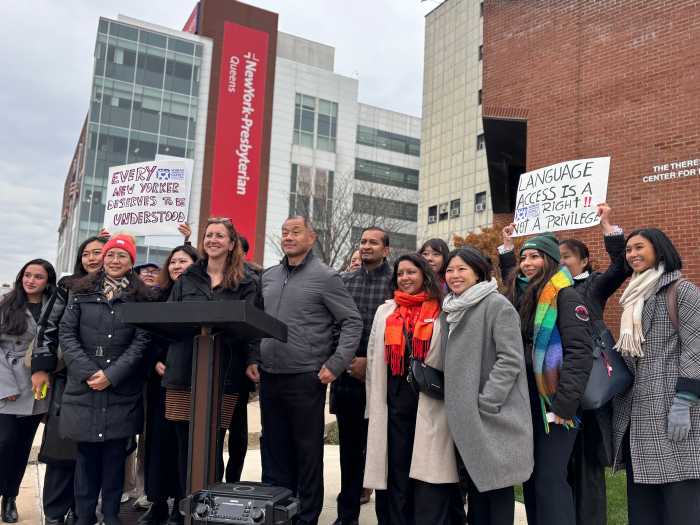The MTA’s preemptive strive against the coronavirus is putting its people into service wiping down stations, trains and buses every 72 hours.
MTA Chair and CEO Pat Foye and other transit leaders went into detail about their new strategy on Tuesday at MTA headquarters, reinforcing the approach as backed by the Centers for Disease Control and emphasizing that they are a transportation agency, not a health organization.
Although the sanitation campaign will take place daily, Foye said, rolling stock may only get the sanitation treatment only once every three days as they cycle in and out of service.
The MTA said it kicked this effort into high with the new knowledge that a second person infected in New York was discovered in Westchester County.
“The MTA is increasing the frequency and intensity of efforts to clean and disinfect our system in the wake of the first reported case – now two – of the novel coronavirus in New York City. This effort started for real last night,” Foye said. “At this moment, we don’t know if that patient travelled to New York City using public transportation or not. To be clear, we are transportation experts, not medical experts. As such, we’re following the guidance of CDC, the state Department of Health and public health professionals.”
Photos provided by the MTA depicted MTA staff taking spray bottles and scrubbing turnstiles, Metro-Card scanners, handrails and floors. Foye said even Access-A-Ride rolling stock is included in the plan, but said they are depending on the Taxi and Limousine Commission to oversee the effort in ride-sharing vehicles that help disabled New Yorkers get around.
Though Governor Andrew Cuomo said on Monday that bleach would be the weapon of choice, Foye did not explain what formula is being used but said the products are Environmental Protection Agency approved. As MTA staff is trained to sanitize surfaces with regularity and only the frequency has been increased.
Of the 472 stations in the subway system, MTA employees were able to sanitize 427 of them overnight while 1,974 buses were cleaned in the same period of time. Foye says the full fleet of 5,700 will be rotated through in three days, an average of 1,900 per night.
About 60% of the Metro-North’s rolling-stock, which would be the most likely used by the Westchester patient, has been scrubbed along with 64 of its 124 stations.
Transport Workers Union Local 100 President Tony Utano exhibited what is likely bad blood from last week’s full board meeting, in which 2,700 employees of the MTA are expected lose work because of cutbacks. His statement regarding the sanitization effort took aim at the potential sacrifice transit workers face and indicated that their work may be taken for granted by decision makers who implemented the layoffs
“Once again, TWU Local 100 members on the front line are taking action to keep riders safe and secure. From the subway action plan to the coronavirus, transit workers deliver. If MTA officials and the authority’s chief hatchet man are still thinking about laying off transit workers, they need to have their heads examined,” Utano said.
Patrick Warren, the MTA’s Chief Safety Officer said new messaging will remind customers to remain hygienic and cautious while riding the trains or buses.
“The public service announcement also compliments our messaging already deployed across our thousands of subway screens and bus screens,” Warren said. “The MTA has stockpiles of hygienic supplies on hand and continues to procure materials.”
Warren added that the MTA has extended the hours in which their medical facility will provide employees with flu shots and are offering additional hours.



































